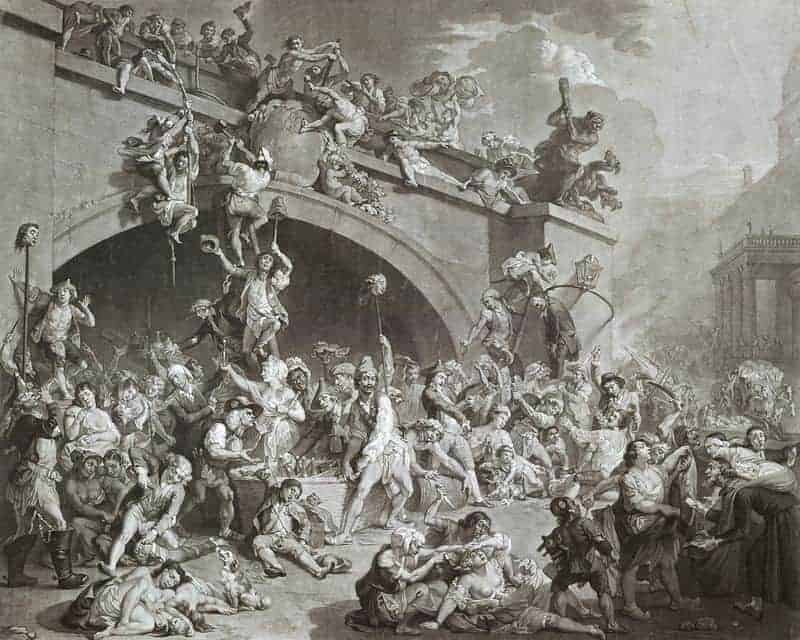The French Revolution of 1789 unleashed ten years of unrelenting turmoil in France, and more than two centuries of revolutionary thought. Its progress was marked by internal pressures from opposing factions, interference from France’s European rivals, and the admonishments of the Roman Church. It began with an absolute monarch on the throne of France and ended with the establishment of a dictatorship by one of its heroes. The dictator, First Consul and later Emperor Napoleon, carried many of its precepts throughout Europe in the wake of his armies, and to the United States through the sale of Louisiana.
Its causes were many, and it effects vast. During its course, as one faction or another held power, vengeance on enemies, contemporary and ancient was the spirit of the day. Political, religious, and moral viewpoints were all grounds for imprisonment and execution, and not always by the guillotine, one of the revolution’s enduring symbols. The wars launched by the revolution and by the European powers opposing French expansion became global in scope, fought in the Mediterranean, the Indian Ocean, North and South America, and the vast Pacific. By 1815, the Bourbon Monarchy was restored in France and the map of Europe redrawn at the Congress if Vienna, a final attempt to undo the French Revolution, which could not be undone.

Here are ten events of the French Revolution which shocked Europe in their day.

The Execution of the King and Queen
Louis XVI and his wife, Marie Antoinette, were not the first monarchs to be executed at the judgment of a revolutionary tribunal in world history. Nor would they be the last. They have become, especially in the case of Marie Antoinette, symbolic of coddled royals indifferent to the needs of their people. This is unfair, Louis especially tried to be a good leader of the French people and certainly did not conspire against them, as he was accused of at his trial. External pressures, especially from Prussia and Austria, conspired to lead to the execution of the King and Queen of France.
With France in many places in a state of civil war and the government in Paris in a state of constant turmoil among the many rival factions, Prussia and Austria had declared via the Brunswick Manifesto that the King and Queen must be returned to their rightful places as the rulers of France, or the French population faced retaliation by their armies. Calls within the tumultuous French government for the execution of the King for treasonous crimes against the French people soon followed.
The warring powers were motivated by the declaration of the French Republic in September 1792, overturning the monarchy. The issue of a constitutional monarchy in France was closed, the issue of what to do with the Royal family remained in debate. The factions led by Maximilien Robespierre presented the opinion that the only remaining function of the King in France was to threaten the existence of the revolution which had relieved him of his throne. When the King and Queen attempted to flee to safety it was presented as an attempt to join the enemies of the French people, not only Royalists in France opposing the revolutionaries, but the foreign enemies as well.
“Louis must die so that the nation may live,” was Robespierre’s famous exhortation at the King’s trial. The King had been charged with several “crimes” including conspiracy, though with whom he allegedly conspired was not made clear. Robespierre initially called for the King’s son and heir, the Dauphin, to be imprisoned along with the Queen, Marie Antoinette, but demanded the death penalty for the King, whose very existence was a threat to France in Robespierre’s eyes. In the end both the King and Marie Antoinette were publicly beheaded on the guillotine. Louis was beheaded on January 21, 1793 and the former Queen on October 16 that same year.
International reaction was almost universal condemnation. England expelled the French Ambassador, leading France to declare war on England. In America Thomas Jefferson, who had been a fervent supporter of the French Revolution in its early days, came to believe that the French people were descending into chaos, and were not yet ready for the responsibilities inherent to a republican form of government. Jefferson later strengthened his opinion to outright denouncement of Robespierre and the execution of Louis.

